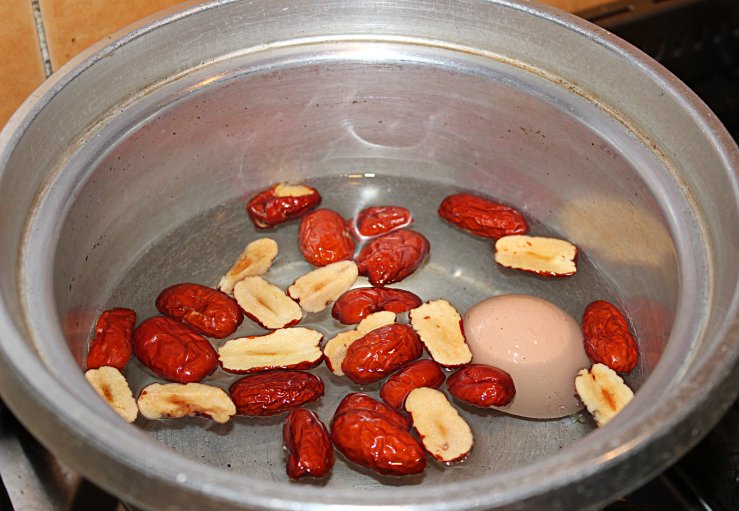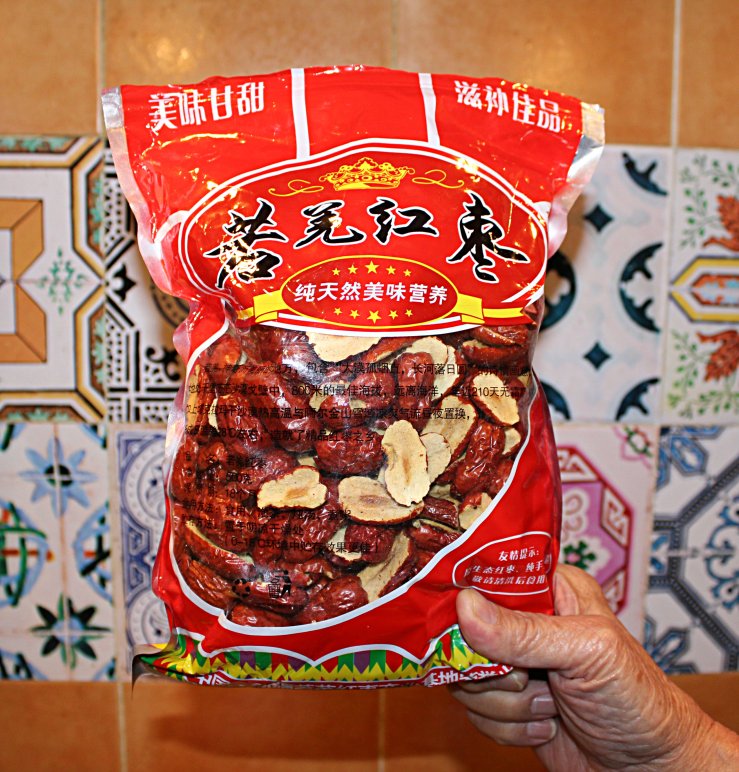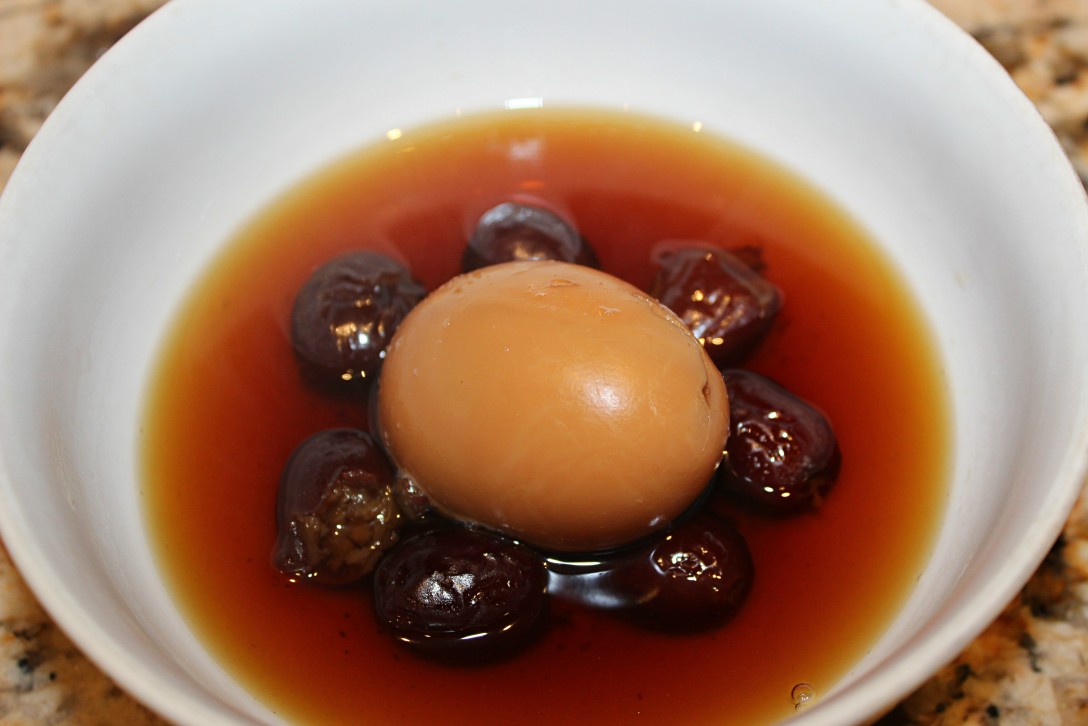As I write this recipe, I question the category in which I’ve assigned it, that is under tea. However it seems the most appropriate as the recipe calls for dried red dates to be boiled, simmered and steeped – infusing water with a smoky, sweet sometimes also syrupy flavour. Therefore, as you can see – this post is labeled Red Date Tea – translated from the Chinese 红枣茶 (Hóngzǎo chá).

Red dates 红枣 (Hóngzǎo) also known as jujubes are prominent in different cultures. I only know of it through my Chinese upbringing, but I believe it is also a kitchen staple in Korean kitchens as well – I believe they also have a version of red date tea with ginger – as well as Indian foods. Today, I write about Red Date Tea, as I know it – because as a kitchen go-to and as a recipe in which Chinese households don’t usually think twice – it is therefore rarely written about. But people should read and know more because it is delicious and also healthy.

Dried red dates or jujubes are known to have really amazing health benefits. It’s often used as a health tonic or in herbal medicines for balancing Qi and blood in your body. From my personal experience, and the information I’m about to tell you may make you uncomfortable (sorry in advance, I enjoy a healthy dose of tmi) or you may exclaim Hallelujah gal – but for someone who lives in a matriarchal family unit – whenever it is anyone’s time of the month, this recipe is a go to for replenishing blood.

I’m not sure if the above has put you off or not – but it really is delicious and not medicinal– tasting in any way. It’s simply a hot beverage that is a great source of comfort, for warming your body or your tummy. It works a treat as an after dinner sweet snack because it is not just really tea~ hence my earlier confusion, we always make it with a boiled egg and serve it in a bowl. So, it really is quite a substantial and flavourful dessert which rests on the uniqueness of the red date, with no fuss cooking and very few ingredients. What a triangle of positives?!
Come on, you know you want some.
Sending smoky sweetness your way
Xoxo,
Moony
Red Date Tea (红枣茶)Recipe
- 15 – 30 whole red dates (30 – 60 red date halves), washed
- 4 bowls of water
- 1 egg, washed
- ½ tsp of sugar (optional)
Put the washed red dates, egg and water into a saucepan over medium heat. Keep a lid on the saucepan until the mixture comes to a boil, then leave the mixture to simmer with the lid off.
After approximately five to seven minutes, your egg will be boiled and fully cooked through. With a spoon, take the egg out of the mixture and once comfortable to touch, peel the shell. Place the whole egg back into the red date tea mixture. Reduce heat to low.
The tea will be ready after simmering for a further fifteen to twenty minutes, or until the red dates have softened.
Much of the water will have evaporated to approximately a third of what you originally had in the saucepan. The colour of your tea, depending on the number of dates/ the intensity will range from a golden yellow to a darker plum colour.
If serving in a bowl, this is a generous portion for one, or if you like the mug life, this recipe serves two.
Additional Notes:
- Feel free to add an additional egg if you’re serving more than one person. Alternatively, you can leave out the egg.
- Eat the red dates! They are very healthy. Did I mention this before?
- I personally don’t think the extra sugar is necessary, the dates give a lovely smoky sweetness – but it is totally up to you.
- IMPORTANT: You can buy red dates or jujubes at any Chinese grocery store or herbal shop! They are very accessible.










 The soup was creamy and so comforting. It suited autumnal-winter weather finely and instantly engrained in me the need to make it every time I would feel unwell. (Only this morning I tried to replicate it because of seasonal winter blues)
The soup was creamy and so comforting. It suited autumnal-winter weather finely and instantly engrained in me the need to make it every time I would feel unwell. (Only this morning I tried to replicate it because of seasonal winter blues)

